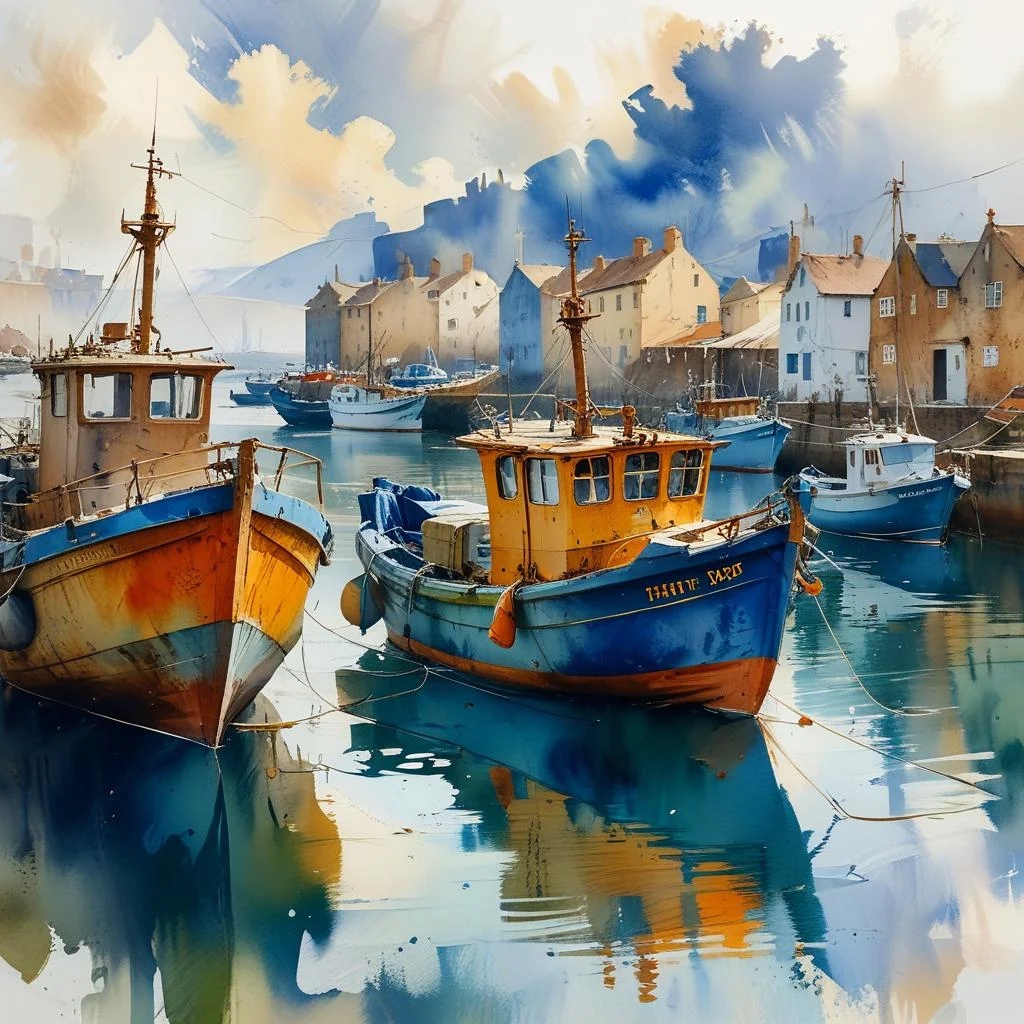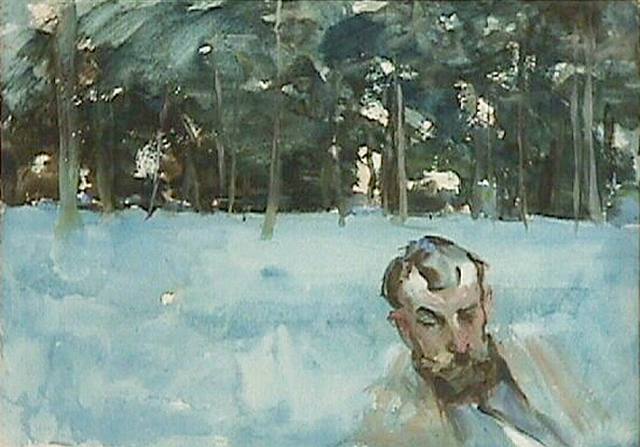Joan Miró was a renowned Catalan artist known for his unique blend of abstract art and Surrealist fantasy. His work, characterized by bright colors, fluid shapes, and floating objects, has left a lasting impact on the art world and artists. Let’s dive into the life and art of Joan Miró, exploring his early influences, key works, and enduring legacy.
Key Summary Points:
- Joan Miró was a Catalan artist known for combining abstract art with Surrealist fantasy.
- His work is characterized by bright colors, fluid shapes, and floating objects.
- Miró’s art has had a significant impact on the art world.
Joan Miro’s Surrealist Paintings
Early Life and Influences
Joan Miró was born on April 20, 1893, in Barcelona, Spain. His father was a watchmaker and goldsmith, and his mother was the daughter of a cabinetmaker. Miró’s early exposure to craftsmanship and the austere Catalan landscape significantly influenced his artistic development.
Miró initially attended a commercial college to please his parents, but after a mental and physical breakdown, he was allowed to pursue his passion for art. In 1912, he enrolled at the Escola d’Art in Barcelona, where he was encouraged to explore his creativity and touch the objects he was about to draw, strengthening his feeling for the spatial quality of objects.
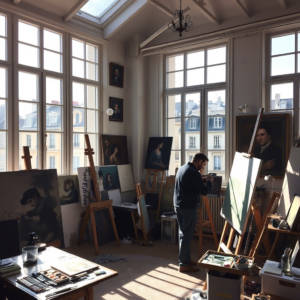
Paris and Early Work
In 1920, Miró moved to Paris, where he met influential artists like Pablo Picasso and Tristan Tzara. He quickly became part of the vibrant artistic community, experimenting with various styles and techniques. His early works, such as “The Farm” (1921-22), showcased his detailed treatment of natural elements and his growing interest in contemporary art trends.
Miró’s time in Paris was pivotal. He began working in a studio on the rue Blomet and exhibited his work at the annual Salon d’Automne. His association with the Surrealists and Dadaists led him to create “dream paintings” and “imaginary landscapes,” which combined text and abstract forms to evoke a dreamlike world.
Mature Work and International Recognition
By the 1930s, Miró had established himself as a leading figure in the Surrealist movement. His work became more experimental, incorporating collage, sculptural assemblage, and unconventional materials. He designed sets and costumes for ballets and created tapestries, further expanding his artistic repertoire.
During the Spanish Civil War, Miró’s art took on a more political tone. Works like “The Reaper” (1937) and “Aidez l’Espagne” (1937) reflected his concern for the turmoil in his native country. His series “Constellations” (1941) was created during World War II and featured symbols of the elements and the cosmos, expressing a sense of optimism and levity.
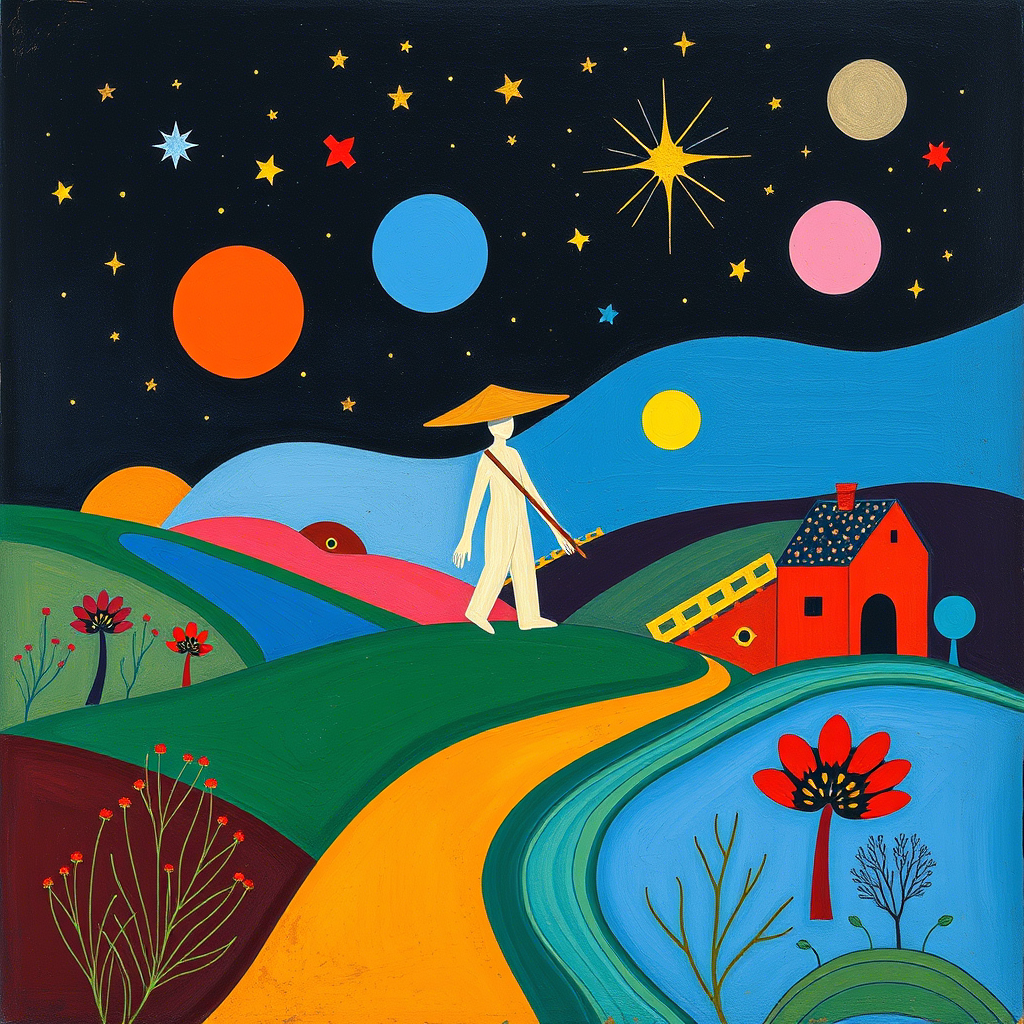
Key Works and Legacy
Joan Miró’s art evolved throughout his career, but some of his most famous works include:
- “The Farm” (1921-22): A detailed and stylized vision of the landscape Miró cherished, combining naturalism with abstraction.
- “Dog Barking at the Moon” (1926): A painting that renders figures of animals and humans as indeterminate forms, reflecting Miró’s Surrealist influences.
- “Constellations” (1941): A series of small works featuring symbols of birds, stars, and other references to escape and refuge.
- “Woman and Bird” (1967): A monumental sculpture in Barcelona, showcasing Miró’s later work in public art.
| Title | Year | Description |
|---|---|---|
| The Farm | 1921-22 | A detailed and stylized vision of the landscape Miró cherished. |
| Dog Barking at the Moon | 1926 | Renders figures of animals and humans as indeterminate forms. |
| Constellations | 1941 | Features symbols of birds, stars, and other references to escape and refuge. |
| Woman and Bird | 1967 | A monumental sculpture in Barcelona, showcasing Miró’s later work in public art. |
Miró’s influence on modern art is immense. His use of bright colors, fluid shapes, and abstract forms has inspired generations of artists. He received numerous awards and honors, including the Grand Prize for Graphic Work at the Venice Biennale in 1954 and the Gold Medal for Fine Arts from King Juan Carlos of Spain in 1980.
“I try to apply colors like words that shape poems, like notes that shape music.”
– Joan Miró
Influences and Artistic Development
Miró’s artistic development was influenced by various factors:
- Early Exposure to Craftsmanship: Miró’s father was a watchmaker and goldsmith, and his mother was the daughter of a cabinetmaker.
- Catalan Landscape: The austere Catalan landscape significantly influenced Miró’s artistic development.
- Artistic Training: Miró attended the Escola d’Art in Barcelona, where he was encouraged to explore his creativity.
- Paris Influence: Miró’s time in Paris was pivotal, as he met influential artists and experimented with various styles and techniques.
- Surrealist Movement: Miró’s association with the Surrealists and Dadaists led him to create dream paintings and imaginary landscapes.
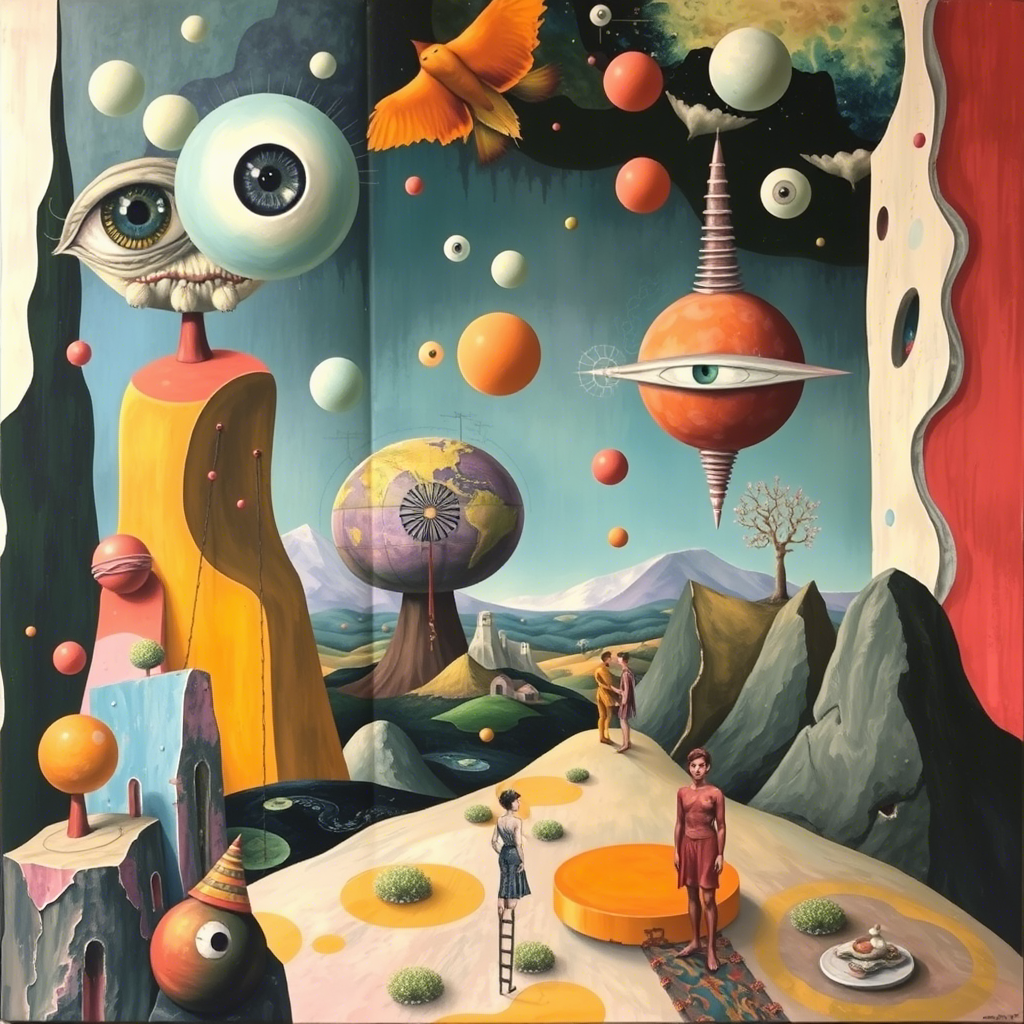
Conclusion
Joan Miró’s art is a testament to his unique vision and unwavering dedication to creativity. From his early experiments with Fauvism and Cubism to his later works in Surrealism and abstract art, Miró’s contributions to the art world are immeasurable. His legacy continues to inspire artists today, making him one of the most influential figures in modern art.
More Resources
For more information on Joan Miró, you can visit the following resources:
This comprehensive guide to Joan Miró’s life and art is perfect for anyone looking to learn more about this influential artist. Whether you’re a student, an art enthusiast, or simply curious, this post provides a wealth of information and insights into the world of Joan Miró.

